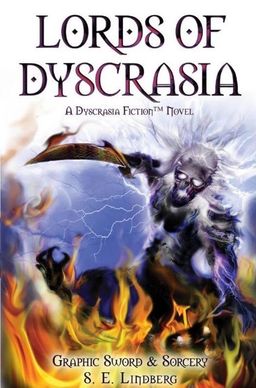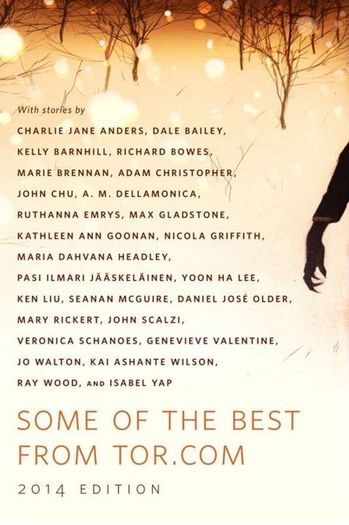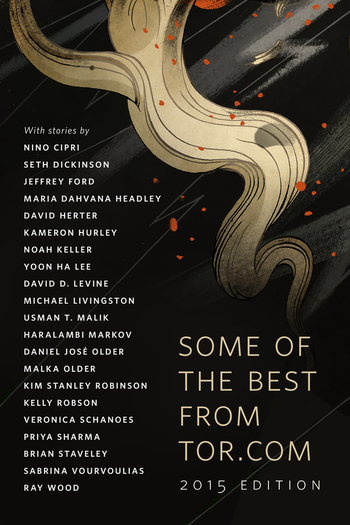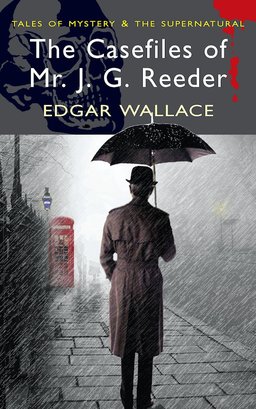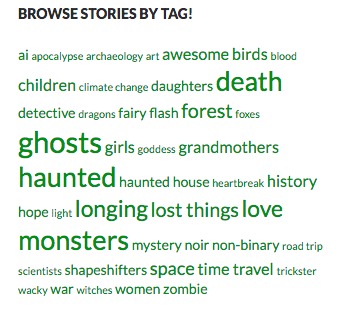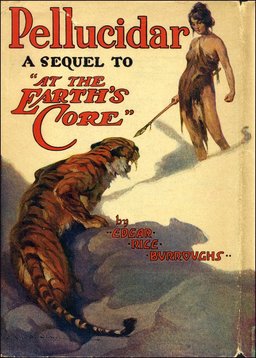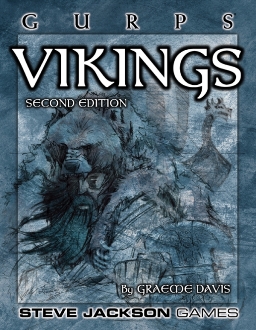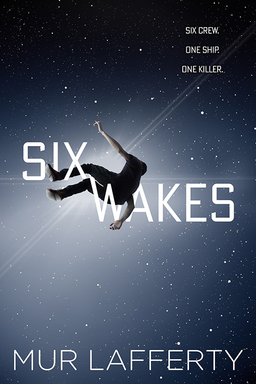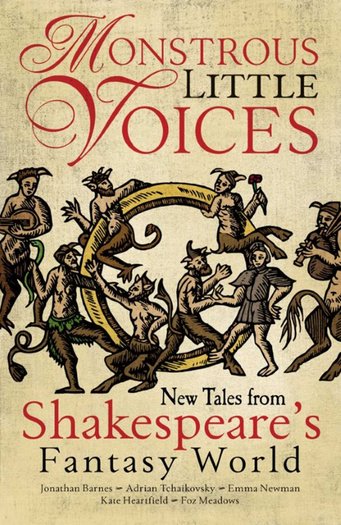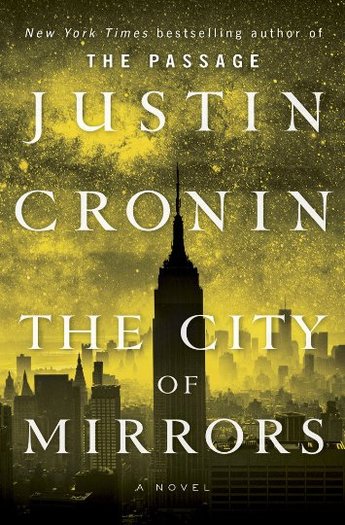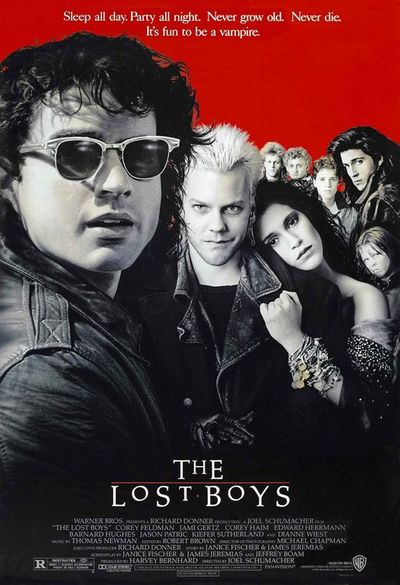Victoria II: When Peace Was Rare, and War Was an Old Friend
 While seeking an escape from the distressing politics of the early Twenty-First Century, I decided to plunge headlong into the distressing politics of the Nineteenth Century and picked up a game I’ve long been meaning to try: Victoria II. It was a good call. This civ-building game is quite an achievement. I find it a good deal more engrossing than the Civ series (admittedly, I have a tough time jumping the mental hurdle of Abe Lincoln building pyramids). Something about the era just hits the spot.
While seeking an escape from the distressing politics of the early Twenty-First Century, I decided to plunge headlong into the distressing politics of the Nineteenth Century and picked up a game I’ve long been meaning to try: Victoria II. It was a good call. This civ-building game is quite an achievement. I find it a good deal more engrossing than the Civ series (admittedly, I have a tough time jumping the mental hurdle of Abe Lincoln building pyramids). Something about the era just hits the spot.
You might wonder how good a Civilization-type game can be if it covers just a hundred years from the 1830-1930s, but think about all the key stuff that happened then. Industrialization. Rise of the nation-state. Colonialism. Marxism. Revolutions in science and industry. La Belle Époque and the Great War.
The challenges in the game are quite convincing, and there’s all sorts of matters to juggle with everything from the immigrant balance of your population to your tech tree (“I’m going to rush Freudian psychoanalysis”). The game is both broad and deep, broad in that you can play just about any nation-state (some require a little jiggering — if you wish to play Poland you first have to control it as a Great Power, then free it. The game allows you to switch nations if you wish every time you do this) and deep in that it allows you to micromanage your economy, if your political regime allows it, that is.
The different nations do have some realistic flavor built into them. You can take Japan out of feudalism, or try to hold Russia together, wake the sleeping giant that is China, unite Germany, or be those miserable fat Belgian bastards in the Congo.
